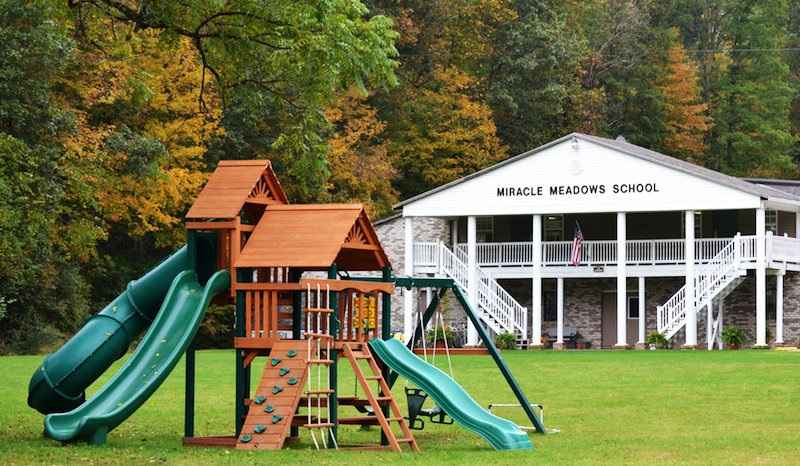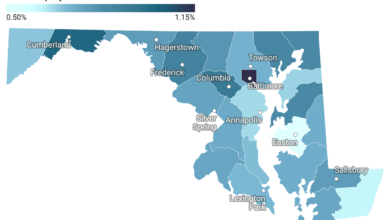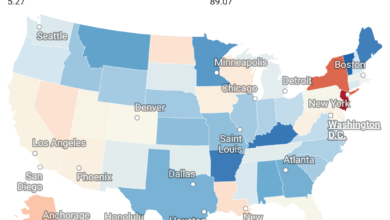High-Growth Suburbs in the U.S. and the Salaries Needed to Live Comfortably

These fast-growing wealthy suburbs boast soaring populations, high median incomes, and rising home values—offering a snapshot of America’s evolving affluent communities.
Moving to the suburbs—especially from a high-cost area—gives many Americans a chance to save money while still enjoying a comfortable lifestyle. As more people make this move, the ProfessPost research team identified the 50 fastest-growing suburbs in the U.S. and calculated how much income you’d need to live comfortably in each one.
To identify the 50 fastest-growing suburbs, researchers compared population data from 2018 and 2023 for large suburbs located in major metropolitan areas.
Note: Some of the population growth shown may be due to the U.S. Census Bureau redefining certain Census Designated Places. You can learn more about the methodology at the end of this gallery.
Woodbridge, Virginia, experienced an unusual population surge—an increase of 887%—due to the Census Bureau redefining its boundaries. This statistical adjustment placed Woodbridge among the fastest-growing suburbs in the country, although not necessarily due to organic population growth.
Meanwhile, three Texas suburbs—Fulshear, Celina, and Princeton—saw major population increases driven by real growth. Fulshear’s population grew by 236%, Celina by 190%, and Princeton by 114% between 2018 and 2023.
In fact, Texas dominates the list of fastest-growing suburbs, with 16 locations making the cut—the most of any state. These include Fulshear, Celina, Princeton, Prosper, Fate, Anna, Midlothian, Pecan Grove, Leander, Forney, Hutto, New Braunfels, Katy, Kyle, and Canyon.
Among them, Prosper stands out economically. Ranked No. 6 overall, it requires the highest salary—$160,327—for a comfortable lifestyle. Remarkably, the suburb’s median household income is even higher, at $187,603, giving residents a notable financial cushion.




